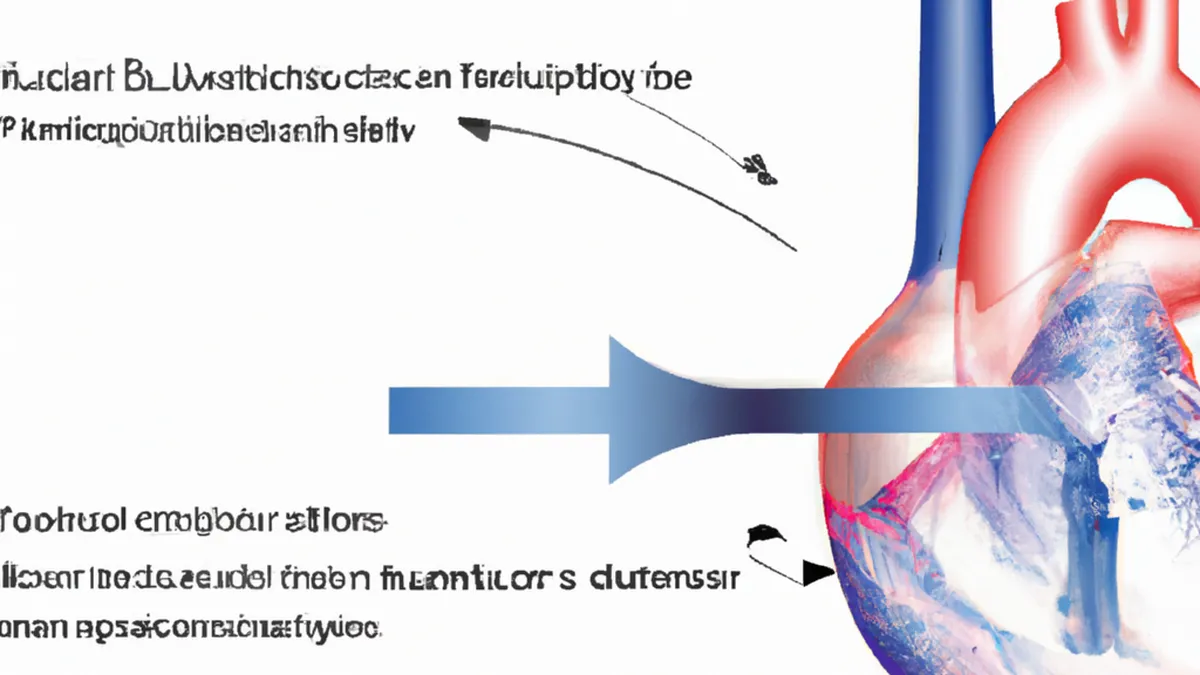Unveiling Luteal Phase Heart Health Connections
The Impact of the Luteal Phase on Cardiac Function
The luteal phase follows ovulation and lasts until menstruation begins. Hormonal changes, especially rising progesterone levels, prepare the body for potential pregnancy. These fluctuations significantly affect various bodily systems, including cardiac function. Understanding these effects empowers women to manage their health and maintain optimal cardiovascular well-being.
What Happens During the Luteal Phase?
The luteal phase lasts about 14 days, starting after the egg releases from the ovaries. After ovulation, the ruptured follicle becomes the corpus luteum, which secretes progesterone. This hormone thickens the uterine lining, creating an environment for a fertilized egg. If fertilization does not occur, progesterone levels drop, causing the uterine lining to shed and menstruation to start.
During this phase, women may notice physical and emotional changes due to hormonal fluctuations. Common symptoms include mood swings, breast tenderness, bloating, and fatigue. Some women may observe changes in cardiovascular health, linked to hormonal effects on the cardiovascular system.
Hormonal Fluctuations and Heart Health
Progesterone and estrogen significantly influence blood flow, heart rate, and the vascular system. Research shows that hormonal changes can alter cardiac function. Increased progesterone levels can cause vasodilation, which widens blood vessels to improve blood flow. This generally lowers blood pressure and enhances circulation.
Estrogen has a more complex relationship with cardiovascular health. Moderate estrogen levels support vascular health, while elevated levels can increase blood pressure and alter heart rhythm. This fluctuation concerns women with pre-existing cardiovascular conditions.
Studies suggest women may experience variations in heart rate and rhythm during the luteal phase. This can manifest as palpitations or a racing heart. Recognizing these changes helps women distinguish normal physiological responses from potential health issues.
Symptoms to Watch For
Many women report symptoms ranging from mild discomfort to more disruptive issues during the luteal phase. Recognizing these symptoms is crucial for effective health management. Common symptoms include:
– **Fatigue:** Increased progesterone levels can cause tiredness, making rest essential.
– **Mood Swings:** Hormonal fluctuations can lead to irritability or anxiety.
– **Bloating and Weight Changes:** Water retention often leads to bloating and temporary weight gain.
– **Changes in Cardiovascular Health:** Some women may notice heart rhythm changes or palpitations.
Conclusion
Understanding the luteal phase’s impact on cardiac function helps women manage their health effectively. Recognizing symptoms and hormonal influences can support optimal cardiovascular health.
Below are related products based on this post:
FAQ
What is the luteal phase and how long does it last?
The luteal phase follows ovulation and lasts about 14 days, starting after the egg is released from the ovaries. It is characterized by the secretion of progesterone from the corpus luteum, which prepares the body for a potential pregnancy.
How do hormonal fluctuations during the luteal phase affect heart health?
Hormonal fluctuations, particularly increases in progesterone and estrogen, can significantly impact cardiovascular health. Increased progesterone causes vasodilation, improving blood flow and generally lowering blood pressure. However, fluctuating estrogen levels can complicate this relationship, potentially raising blood pressure and affecting heart rhythm.
What symptoms should women be aware of during the luteal phase?
Women may experience a range of symptoms during the luteal phase, including fatigue, mood swings, bloating, and changes in cardiovascular health such as heart rhythm variations or palpitations. Recognizing these symptoms is important for effective health management.















Post Comment